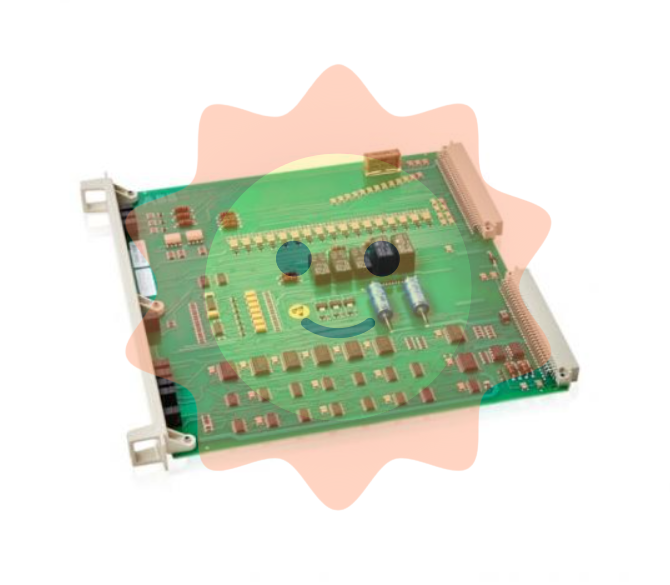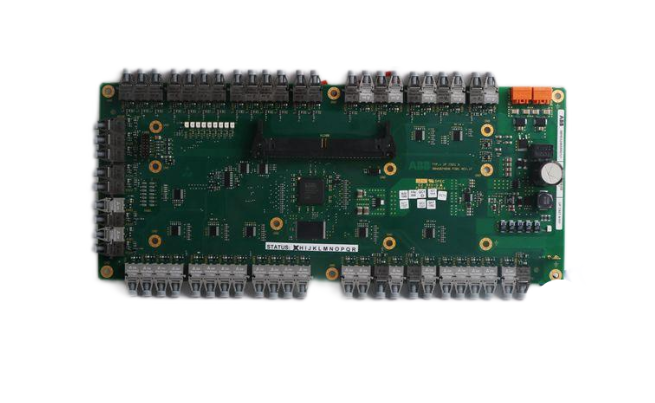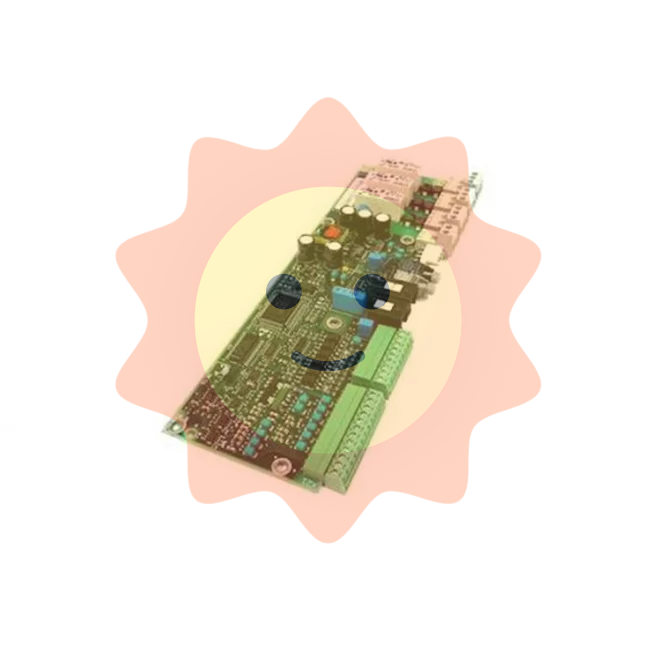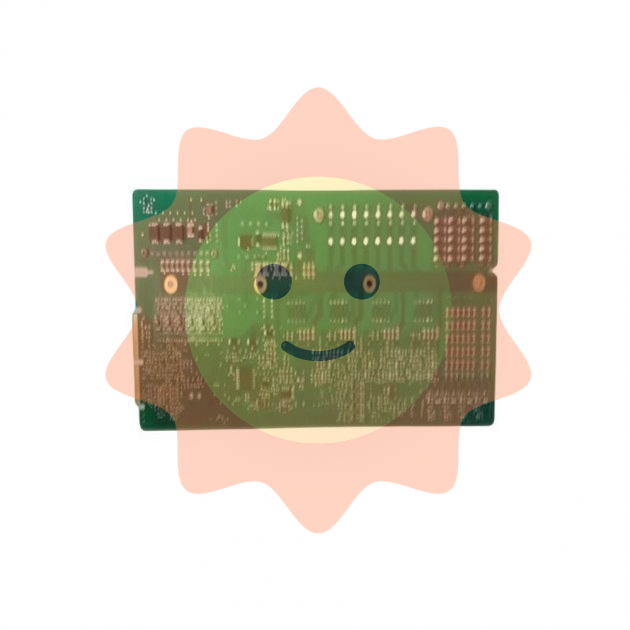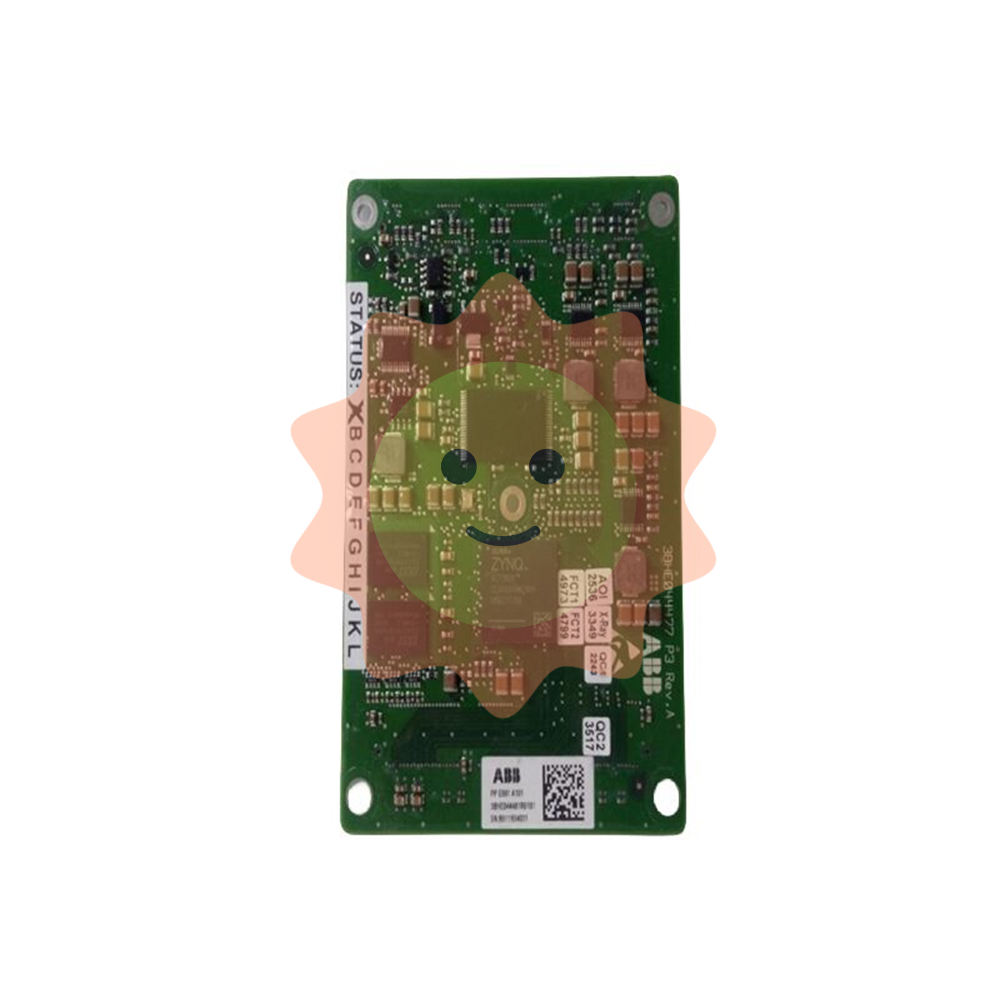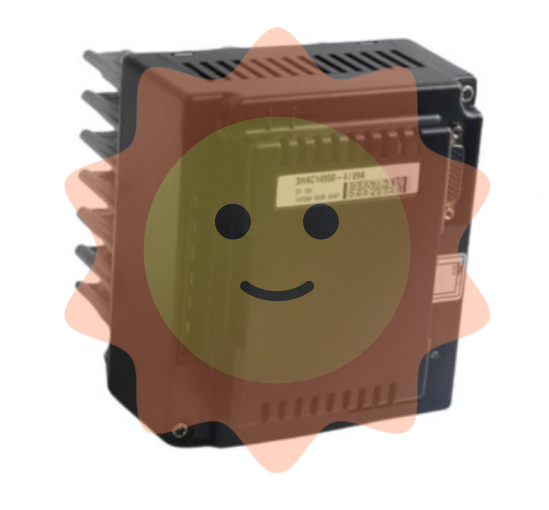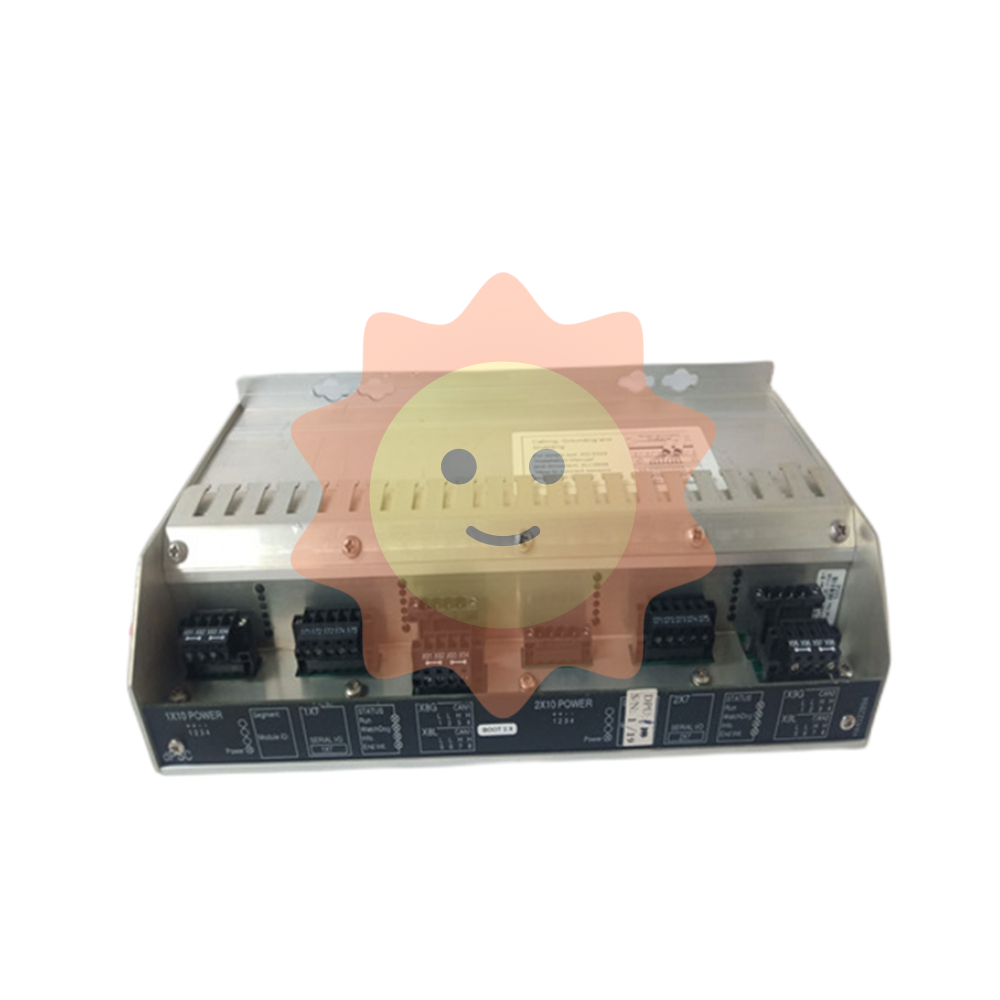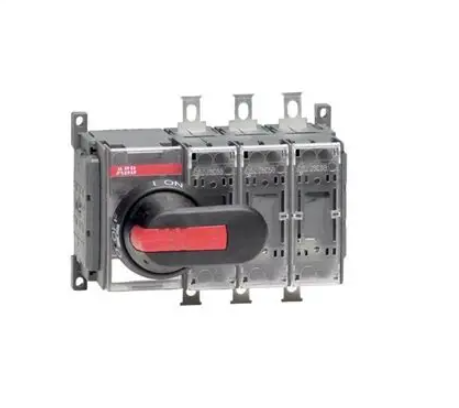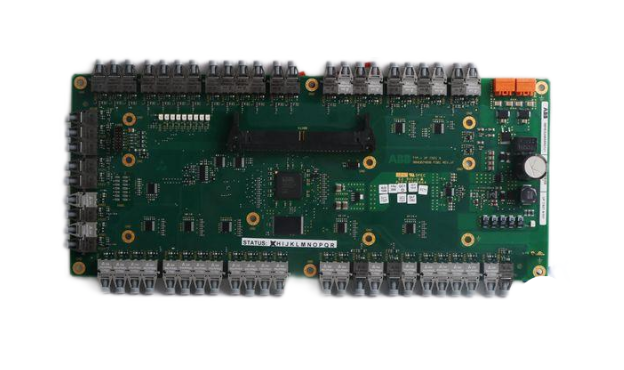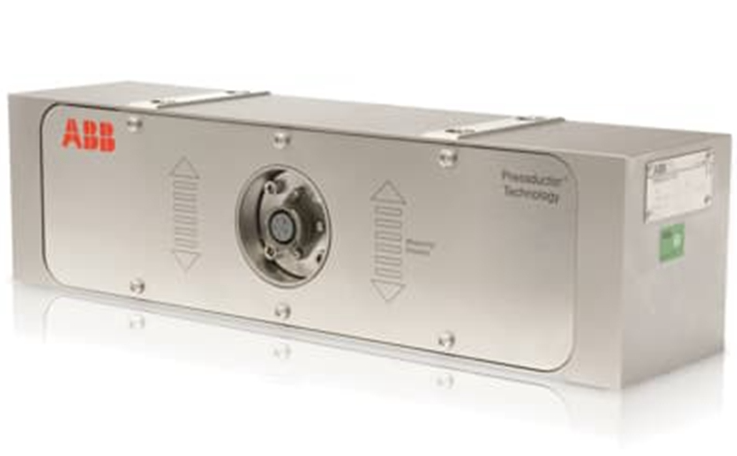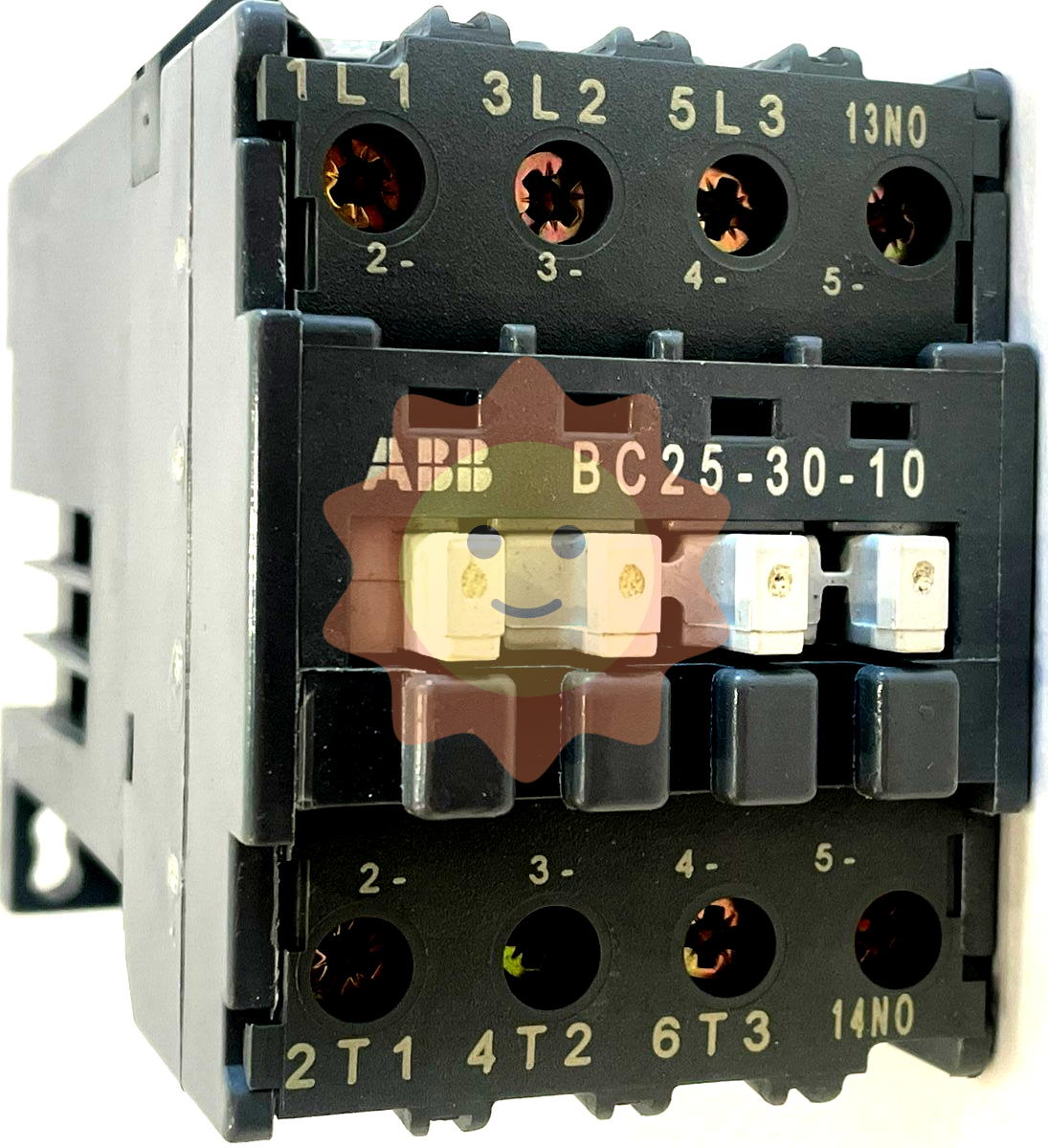Yarn, weaving, fabric

In order to regulate the development of printing and dyeing and viscose industries with high energy consumption and large pollution emissions, relevant departments have included backward production capacity of printing and dyeing and chemical fiber in the national mandatory backward production capacity elimination catalogue, accelerated the updating of technical equipment of printing and dyeing and chemical fiber industries, and successively formulated and issued the "Printing and Dyeing Industry Access Conditions" and "Viscose Fiber Industry Access Conditions". The requirements for the construction location, technical equipment, quality management, energy consumption and water intake quota, and environmental protection of new and expanded enterprises have been clarified, and the scope of application of access conditions has been extended to existing enterprises, which has effectively promoted the existing capacity and existing enterprises to accelerate the improvement of technical equipment and management level. At the same time, China's textile and apparel domestic market has grown rapidly, and the proportion of domestic sales output value of enterprises above designated size has increased from 66% in 2002 to 83% in 2011. By the end of 2011, 176 textile industry clusters had been formed, and the output value of the cluster accounted for more than 40% of the output value of the textile industry.
The level of technology and equipment and the capacity for independent innovation have been continuously improved
In order to enhance the ability of independent innovation, accelerate technological progress, and consolidate and improve the competitiveness of the textile industry, the relevant departments have issued the Guiding Opinions on the Structural Adjustment of the textile Machinery Industry and the Catalogue of Investment Directions for Technological Progress and technological Transformation of the textile Industry to support the research and development and industrialization of textile equipment, new chemical fiber materials, and new spinning and weaving technology and process equipment. We actively guided enterprises to increase investment and technological upgrading in advanced technology and equipment, and significantly increased the proportion of new technologies and equipment used.
By the end of 2011, more than one-third of the equipment in the whole industry had reached the international advanced level. Among them, the cotton textile industry continues to develop in the direction of continuity, automation, high-speed and informatization, and the proportion of advanced equipment reaches 76%; The chemical fiber industry widely uses internationally competitive new polyester and supporting short and short filament technology and equipment, polyester, spandex, viscose fiber production technology has reached the international advanced level, chemical fiber differentiation rate increased to about 50%, per capita output value reached 1.5 million yuan, 2 times higher than in 2002; Large and medium-sized wool knitting enterprises have basically realized yarn knot-free, combed products are 100% shuttle-free, and rough-combed products are 80% shuttle-free. Backward technologies, technologies and equipment have accelerated their withdrawal under the role of market mechanisms, and remarkable results have been achieved in energy conservation, emission reduction and circular economy.

During the 11th Five-Year Plan period, the total energy consumption per unit value added of the industry has decreased by more than 30%, the water intake per unit value added has decreased by 30%, and the recycled fiber has reached 4 million tons. Breakthroughs have been made in key technological research and industrialization in key areas, a number of high and new technologies have achieved substantial transformation from scratch, and a number of independently developed scientific and technological achievements and advanced equipment have been widely applied in the industry. High-strength polyethylene, aramid, carbon fiber and other high-performance fibers to achieve industrial breakthroughs, most of the technology and products have reached the international advanced level; Cotton, wool, knitted fabrics and a number of chemical fiber fabrics have reached or close to the international advanced level, and the self-sufficiency rate of textile fabrics has reached more than 95%; Textile machinery key research products have achieved mass production, some products have reached the international advanced level, domestic textile equipment market share increased from less than 50% in 2002 to more than 65% in 2011. Technological progress and the improvement of innovation ability have led to the improvement of the technical management level of the whole industry, and the labor productivity of the whole staff has increased from 35,000 yuan/person year in 2002 to about 140,000 yuan/person year in 2011.
Independent brand building has achieved initial results
The endogenous power of brand construction in the textile industry has been significantly enhanced, and the majority of enterprises adhere to the brand value system of quality, innovation, rapid response and social responsibility, forming a consensus on strengthening the construction of the brand industry chain and scientific management of the supply chain through market competition and market inspection, and improving the contribution rate of the brand, setting off a boom in creating their own brands. This also marks that China's textile industry has begun to shift from undertaking international textile processing links to a new period of independent creativity. The state has also increased its support for brand building in the textile industry, supported the establishment of an independent brand database and the China Textile and apparel brand network, built a number of brand enterprise research and development centers and marketing systems, identified a number of public service demonstration platforms, strengthened the training of brand building knowledge and talents, and guided the entire industry to actively create brands.
- EMERSON
- Honeywell
- CTI
- Rolls-Royce
- General Electric
- Woodward
- Yaskawa
- xYCOM
- Motorola
- Siemens
- Rockwell
- ABB
- B&R
- HIMA
- Construction site
- electricity
- Automobile market
- PLC
- DCS
- Motor drivers
- VSD
- Implications
- cement
- CO2
- CEM
- methane
- Artificial intelligence
- Titanic
- Solar energy
- Hydrogen fuel cell
- Hydrogen and fuel cells
- Hydrogen and oxygen fuel cells
- tyre
- Chemical fiber
- dynamo
- corpuscle
- Pulp and paper
- printing
- fossil
- FANUC
- Food and beverage
- Life science
- Sewage treatment
- Personal care
- electricity
- boats
- infrastructure
- Automobile industry
- metallurgy
- Nuclear power generation
- Geothermal power generation
- Water and wastewater
- Infrastructure construction
- Mine hazard
- steel
- papermaking
- Natural gas industry
- Infrastructure construction
- Power and energy
- Rubber and plastic
- Renewable energy
- pharmacy
- mining
- Plastic industry
- Schneider
- Kongsberg
- NI
- Wind energy
- International petroleum
- International new energy network
- gas
- WATLOW
- ProSoft
- SEW
- wind
- ADVANCED
- Reliance
- YOKOGAWA
- TRICONEX
- FOXBORO
- METSO
- MAN
- Advantest
- ADVANCED
- ALSTOM
- Control Wave
- AB
- AMAT
- STUDER
- KONGSBERG
- MOTOROLA
- DANAHER MOTION
- Bently
- Galil
- EATON
- MOLEX
- Triconex
- DEIF
- B&W
- ZYGO
- Aerotech
- DANFOSS
- KOLLMORGEN
- Beijer
- Endress+Hauser
- MOOG
- KB
- Moxa
- Rexroth


Email:wang@kongjiangauto.com

